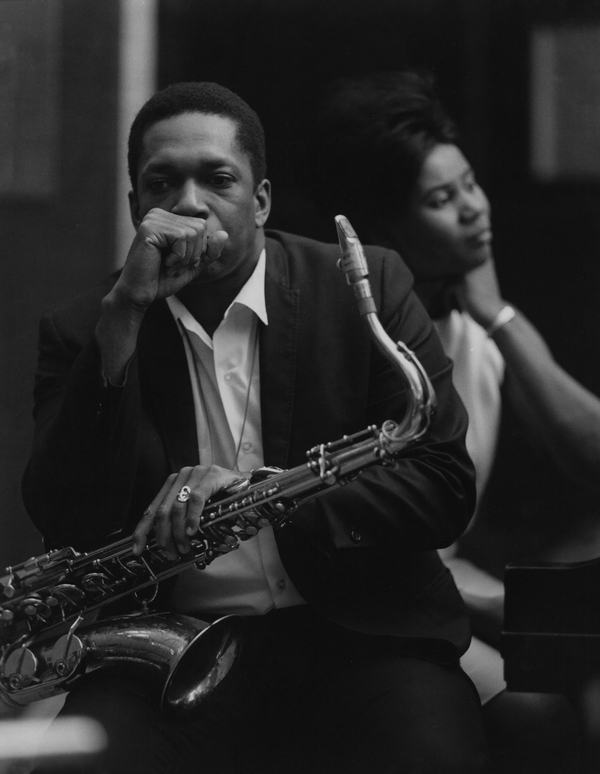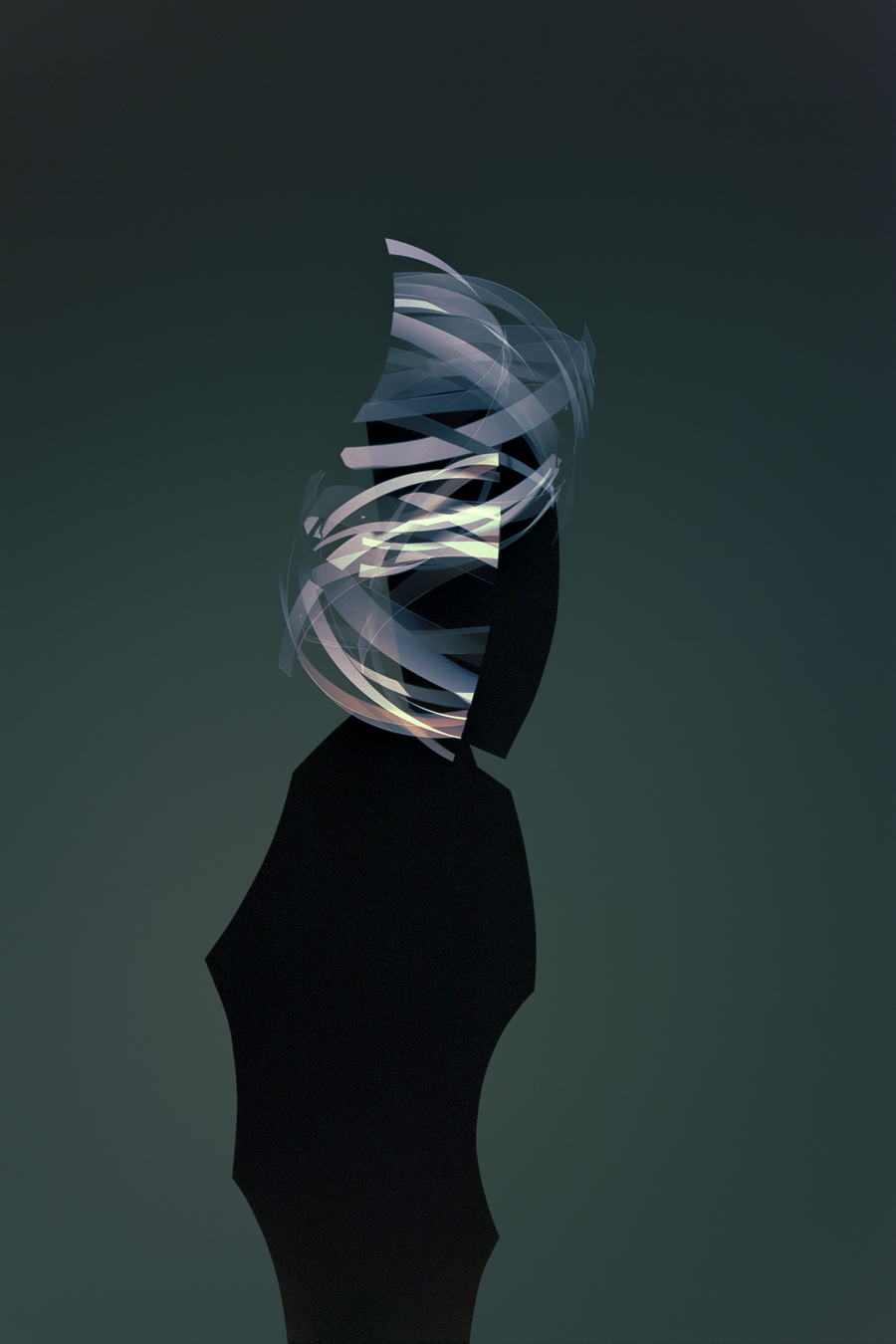 Adam Swica, Unnamed 7, 2025. Courtesy the Artist and Christie Contemporary
Adam Swica, Unnamed 7, 2025. Courtesy the Artist and Christie ContemporaryThe studio-constructed photographs of Toronto-based artist Adam Swica have ranged from faux-landscapes to ethereal abstractions, and within that spectrum, he moves from testing the camera’s potential for generating plausibility in a given scene, to convincingly inscribing a nonexistent form onto film. In Mistaken Identity, Swica looks to the figural through allusion to the portrait.
While no determination of features is evident, a subject is perceived with the evocation of a silhouette—solid black areas denoting a head upon shoulders, punctuated by animated traces of coloured light in projection, are achieved through the artist’s benchmark use of multiple exposures. The making of a work is a slate of manoeuvres for Swica, functionally closer to collage than to photographic composition, as he harnesses impressions of light,built up on a negative. Where earlier series engaged a measure of aleatory interference during the building of an image, this work first relies on the recording of a specific, if rudimentary, set of proportions to register the silhouettes. To achieve this, Swica produced small sketches on acetate which he mounted to the viewfinder in the camera, allowing him to visually calculate where voids and impressions would appear on the negative as he committed successive captures of a series of paper cutouts to film. This also created the ability to work iteratively, wherein a “stock figure” could host a range of luminous ornaments in multiple exposure, invoking the possibility of a doppelganger.
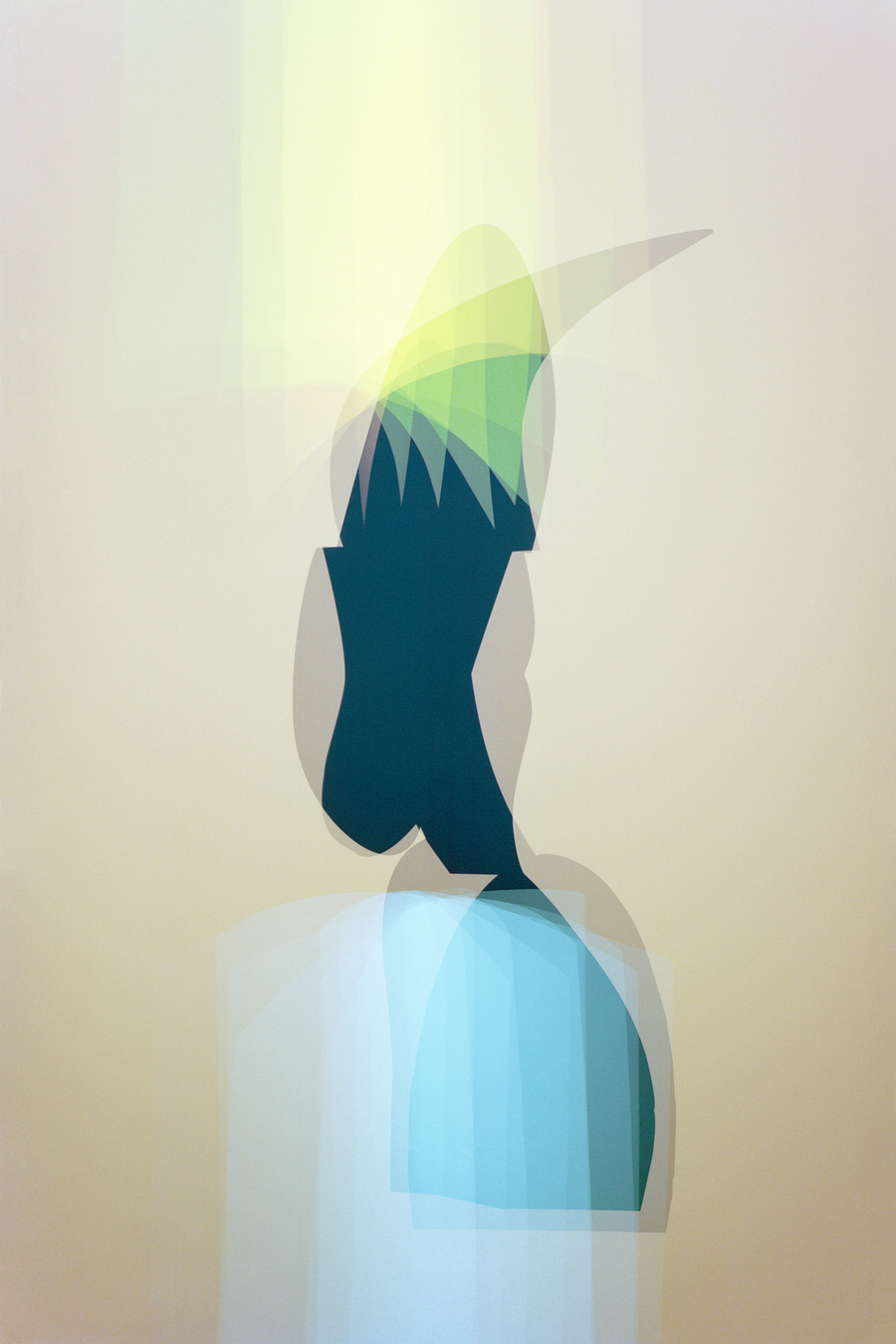 Adam Swica, Unnamed 1, 2025. Courtesy the Artist and Christie Contemporary
Adam Swica, Unnamed 1, 2025. Courtesy the Artist and Christie Contemporary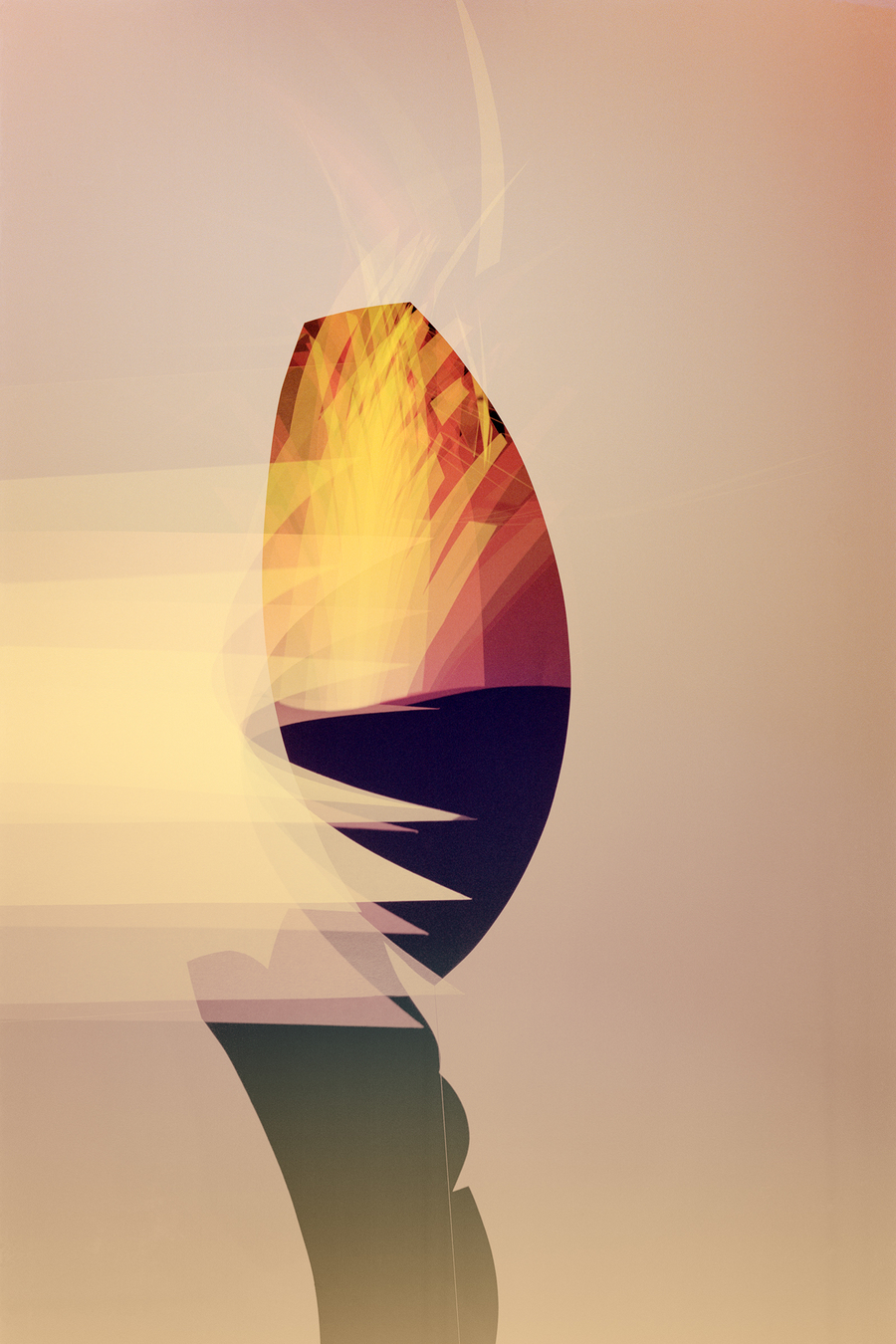 Adam Swica, Unnamed 4, 2025. Courtesy the Artist and Christie Contemporary
Adam Swica, Unnamed 4, 2025. Courtesy the Artist and Christie Contemporary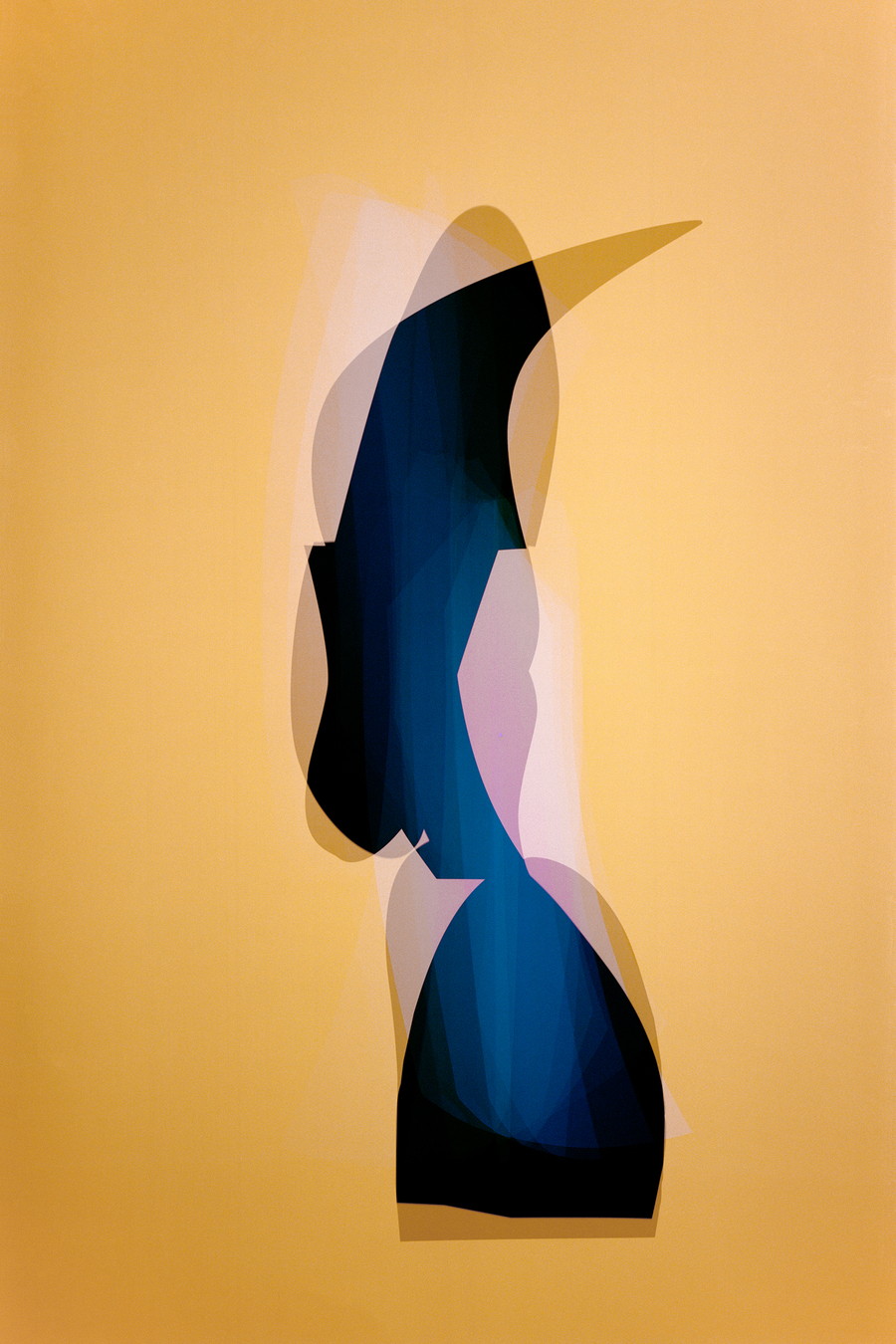 Adam Swica, Unnamed 2, 2025. Courtesy the Artist and Christie Contemporary
Adam Swica, Unnamed 2, 2025. Courtesy the Artist and Christie ContemporaryUltimately, the silhouette is less a defining quantity than a general orientation to the detection of a figure, leaving the customary function of a portrait in abeyance, instead testing the limits of how much or how little information is essential to relating a bodily presence. The isolated form set against a largely continuous ground contributes to its reading as a portrait. The schema of light operates as adornment, which can be understood as “individuality.” Pictured in a grouping, the photographic subjects further emerge as individuals, within the structural suggestion of a crowd.
This assembly of “sitters” hovers at the seam of recognition—mute yet talkative, defined yet anonymous—settling as entities generated from layers of analogous, photographic abstraction.
Presented by Christie Contemporary
